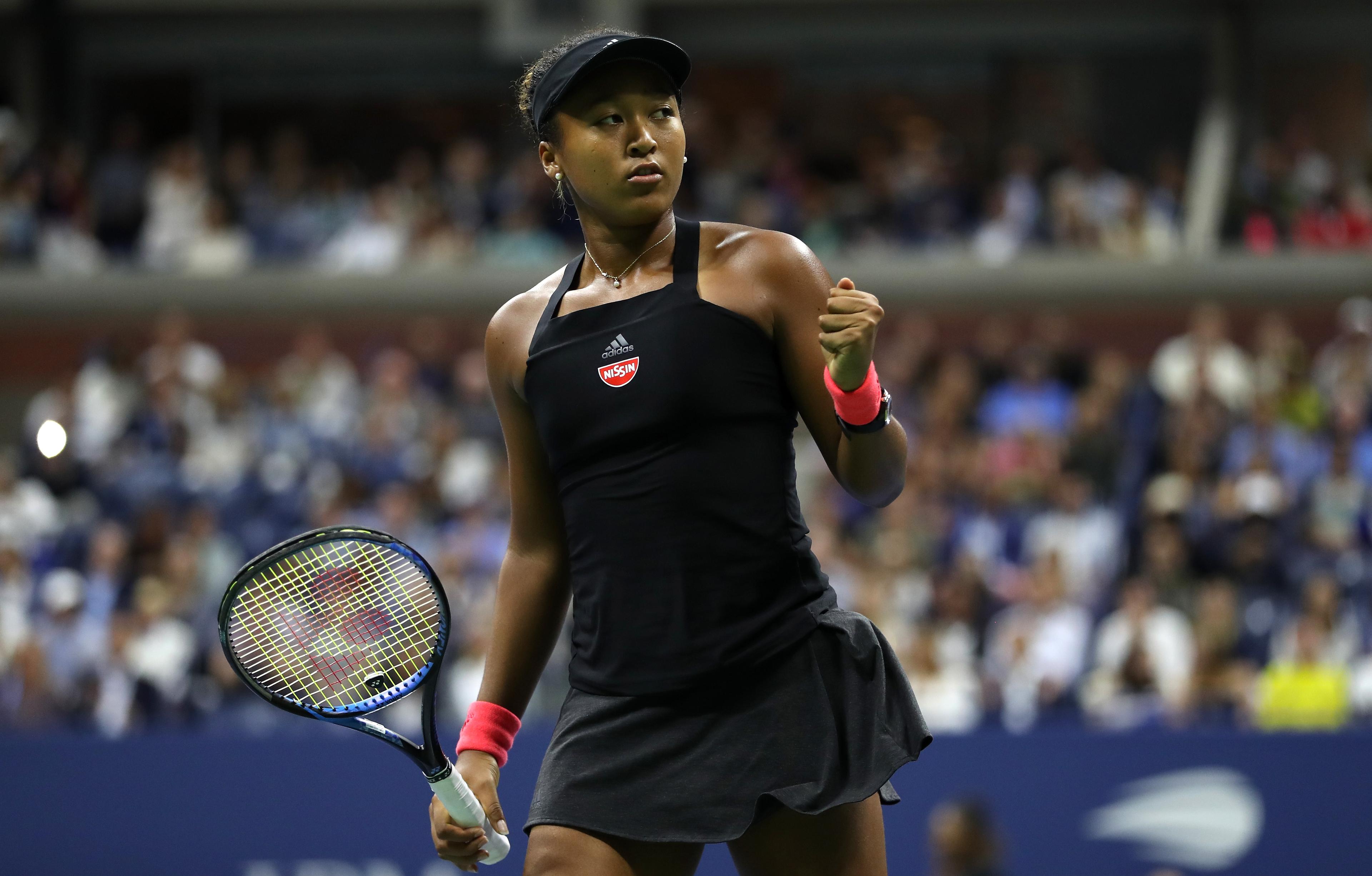
Naomi Osaka never betrayed her age. For an hour and a half, against her childhood idol Serena Williams, the 20-year-old looked unshakable. Her powerful strokes seldom sprayed. Her serve, a cannon with a pinpoint targeting system that had stayed unbroken through her quarterfinal and semifinal matches, continued to fire flawlessly. She didn’t just stay in points when she faced pressure, but turned defense to offense from awkward positions and hit winners on the run. Osaka is going to be an important part of tennis for a long time.
Unfortunately, that won’t be the story of this final, at least not in the short term. It’s commonly said that an official has done their best job when they aren’t noticed. For the last two weeks, many U.S. Open officials were noticed, and at times in the spotlight. In the first week of the tournament, an umpire came under criticism for appearing to give a pep talk to Australian Nick Kyrgios, who was seemingly tanking his second-round match. Umpires are meant to ask players if they are in need of medical or psychological help, but they are prohibited from coaching a player. Kyrgios went on to win his match in dominant fashion after the talk, which prompted other players and members of the tennis community to comment on whether the official had stepped out of line and corrupted the match.
Also in the first week, Alizé Cornet of France was caught in an officiating misstep when she returned from a bathroom break with her shirt on backward. After changing it on court, she received a code violation, even though she broke no existing rule and male players commonly change clothes—often at a leisurely pace—on court. The USTA later released a statement apologizing for the error. Throughout the tournament, there was uneven enforcement of the new serve clock, a timer that is meant to prevent players from taking an unusually long time between points. Sometimes the clock would be turned off without explanation, and at other times, it would be started too early, prompting particularly slow starters, like Rafael Nadal, to complain that their routines were being unfairly disrupted.
In the women’s final, the conflict between official and player was less linear. After dropping the first set, Serena began the second with a new strategy and tried to move quickly to the net and use drop shots to force Osaka into awkward volleying positions. It worked, for a little while. After breaking Osaka’s nearly unbreakable serve, Serena gave the next game back. While dropping serve, she was given a warning for receiving direction from her coach, Patrick Mouratoglou, who was gesturing from Williams’s box to tell her to go to net. After the warning, she protested to umpire Carlos Ramos saying, “You owe me an apology. I have never cheated in my life. I have a daughter and I stand for what’s right for her. I don’t cheat to win. I’d rather lose.” After the game ended, she smashed her racket in frustration, and was assessed a point penalty for the second strike. While warnings are often given when players smash rackets, they’re significantly less common for coaching violations—players commonly look to and yell at their boxes—and point penalties for either are rare.
During the change of ends, with the second set back on serve, Serena continued talking to Ramos, accusing him of being a “thief” for stealing a point from her. Ramos responded by penalizing her again, this time with a game penalty for verbal abuse that would essentially end the match. Game penalties are especially rare, and because of their ability to competitively shift a match, their application is extremely uncommon, even if a rule has been violated after a point penalty. At this point, the match was already strongly moving in Osaka’s favor, but Ramos should have known that assessing a point penalty would effectively end the match and destabilize the entire competition. After the penalty was given, the crowd, upset and perhaps confused, booed Ramos’s decision. Serena appealed to other tournament officials who ran onto court to try, without success, to diffuse the situation.
Osaka would hold her serve to win the match, but the story had already been hijacked. After hugging her opponent at the net, Serena refused to shake Ramos’s hand, again saying that she deserved an apology. During the post-match proceedings, the crowd booed the result and perhaps Osaka. This isn’t the ending that anyone—not even Serena, who hugged her opponent and hushed the crowd—would have wanted for Osaka.
Osaka is, for many reasons, a remarkable story. Her father is Haitian and her mother is Japanese, she lives and trains in United States, and she represents Japan. She challenges the tennis world to reconsider how it sees the players, and how they see themselves. She’s still a kid in many ways, shy and gracious and dorky on social media. She plays a searing game with whistling, flat shots reminiscent of much-loved Juan Martín del Potro. Her first serve is as much of a weapon as any shot on tour. Even without a net game, she is hard to hang with on hard courts—she won her first career tournament earlier this year at the event in Indian Wells often called the “fifth slam”—and once she develops a net game, she may be unbeatable. She represents a next generation for a game that dearly wants young stars. It seems a good bet that she’ll be on this court on this second Saturday again.
Osaka looks like the future. And if she is, what’ll be remembered most about this night won’t be the unfortunate happenings of the late second set, it’ll be just how astonishingly good she was.